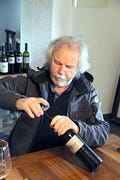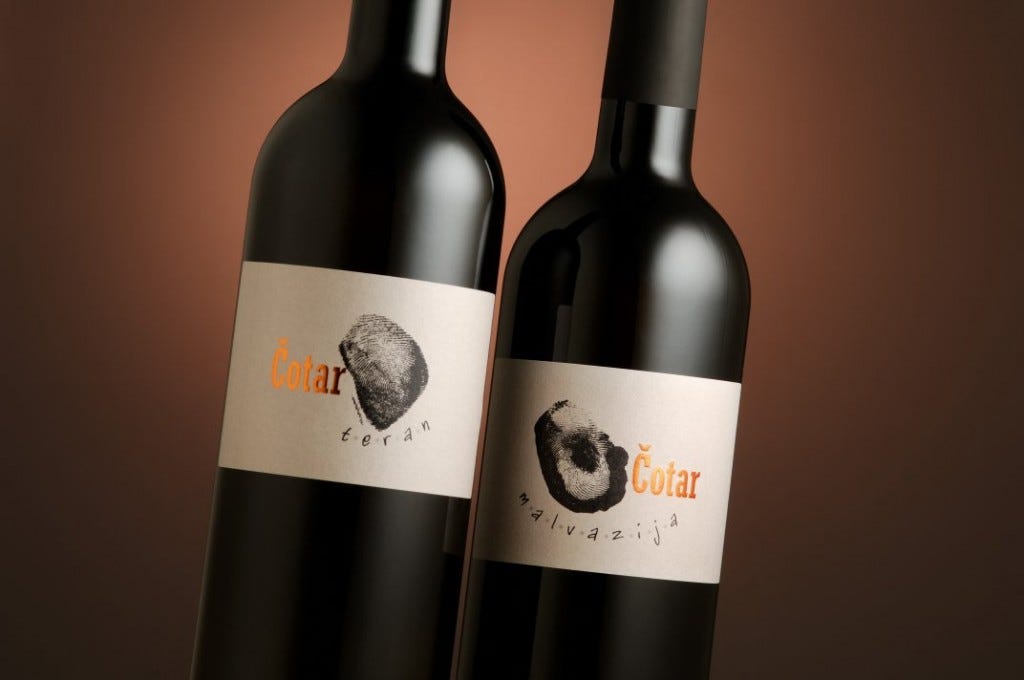Čotar - Malvasia 2004
This seminal Slovenian Karst producer never stopped making macerated wines. And they age forever.
Branko Čotar has a very straightforward answer for me when I ask when he started using extended skin macerations for his white wines: "I've macerated my wines for 40 years - it's the tradition here (in the Slovenian Kras region)". Branko's unswerving adherence to the skin contact style was almost revelatory to me - it's popular to talk about the revival…
Keep reading with a 7-day free trial
Subscribe to The Morning Claret to keep reading this post and get 7 days of free access to the full post archives.




